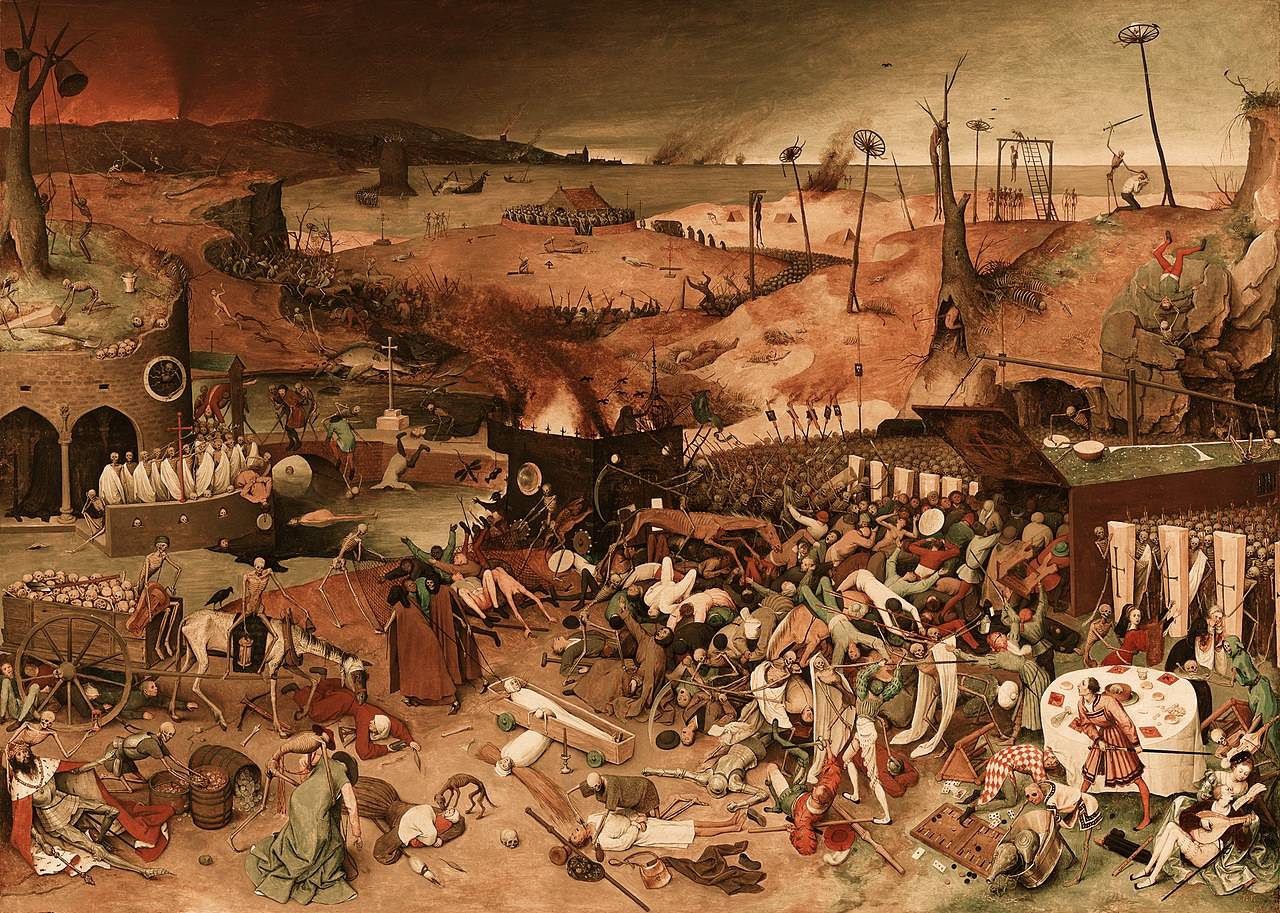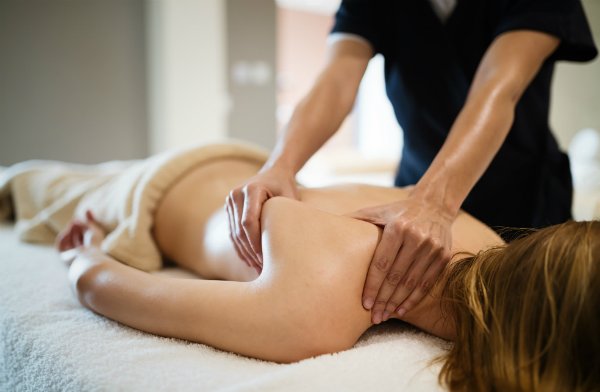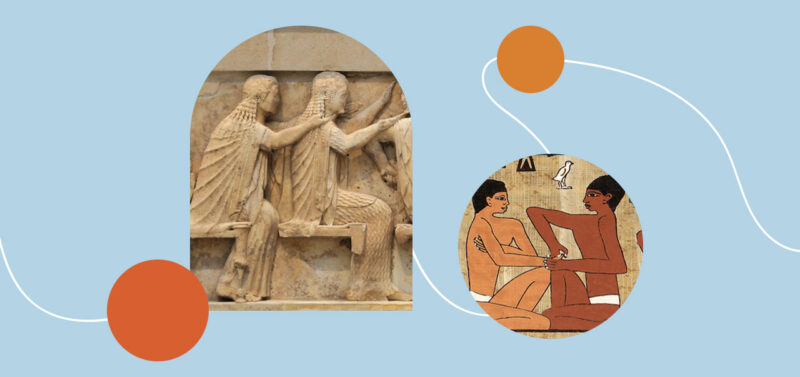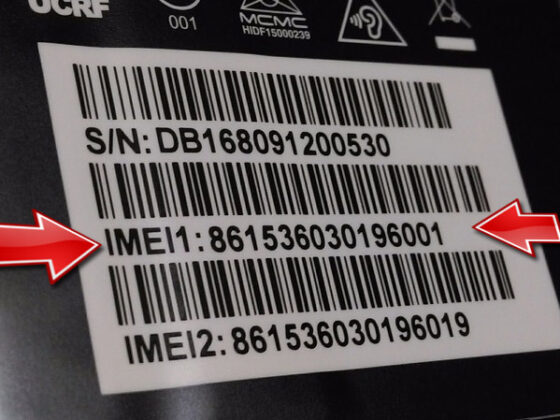Massage, an age-old practice, has woven itself through the fabric of human civilization, evolving dramatically across continents and cultures. From the sacred rituals of ancient Egypt, where touch was believed to channel divine energy, to the therapeutic frameworks established in traditional Chinese medicine, the art of massage reflects a rich tapestry of human history and wellness philosophy.
As we journey through time, we uncover how various techniques emerged, adapting to the needs and beliefs of different societies. The gentle strokes of Swedish massage, the deep pressure of Thai techniques, and the invigorating methods of sports massage each tell a unique story of innovation and adaptation.
This exploration reveals not just the evolution of physical touch, but also a profound understanding of the mind-body connection, highlighting how generations have harnessed the power of massage to heal, relax, and rejuvenate. Join us as we delve into this intricate history, uncovering the milestones that have shaped the diverse spectrum of massage techniques we cherish today.
Ancient Origins of Massage

The origins of massage can be traced back thousands of years, weaving a narrative rich in culture and purpose. Ancient civilizations, from the Egyptians to the Chinese, recognized the therapeutic benefits of manipulating the body.
In China, traditional texts such as the Huang Di Nei Jing, dating back to around 300 BCE, detail techniques that still form the backbone of practices like Tui Na. Meanwhile, hieroglyphs reveal that the Egyptians employed oils and kneading techniques as part of their royal rituals, intertwining relaxation with spiritual significance.
Greco-Roman societies, too, revered massage, viewing it as an essential practice for athletes and warriors alike—a means to enhance physical performance and recovery. The wisdom of these early cultures laid the groundwork for what would evolve into a myriad of techniques, each infused with their own historical context and philosophical beliefs, demonstrating that the art of touch has always been integral to human existence.
Middle Ages to Renaissance: The Decline and Resurgence

The Middle Ages ushered in a period where the art of massage, once revered in ancient civilizations, faced a significant decline, relegated to the shadows of superstition and a burgeoning emphasis on religious doctrines. Monasteries, however, became unexpected sanctuaries of knowledge, where some monks painstakingly preserved the remnants of classical texts, blending them with emerging holistic practices.
By the time the Renaissance dawned, a remarkable resurgence began to take hold, fueled by a rekindled interest in the body and its mysteries. Surgeons and anatomists, driven by curiosity and a quest for knowledge, rediscovered the therapeutic potential of touch, leading to innovative techniques and a more scientific understanding of anatomy.
This period was not merely a return to previous practices; it was a transformative evolution, melding the ancient with the contemporary, and setting the stage for a renaissance in physical therapy that would echo through the ages.
20th Century Innovations in Massage

The 20th century marked a transformative era for massage, ushering in a wave of innovative techniques that expanded its therapeutic potential beyond mere relaxation. With the rise of modern medicine and a deeper understanding of human anatomy, practitioners began to blend traditional methods with scientific research.
Techniques such as Swedish massage, pioneered by Per Henrik Ling, gained popularity for their rhythmic strokes and holistic approach, while deep tissue massage emerged as a powerful means of addressing chronic pain and injury recovery. As the century progressed, Eastern philosophies infiltrated Western practices; the integration of shiatsu and aromatherapy imbued sessions with a multi-dimensional richness.
The development of specialized training programs and certification in massage therapy elevated the profession, attracting a new wave of practitioners committed to both physical healing and emotional well-being. Amidst these advancements, the wisdom of ancient practices remained alive, offering a reminder that the art of touch is timeless, evolving yet grounded in its essential purpose.
Conclusion
In conclusion, the history and evolution of massage techniques reveal a rich tapestry of cultural practices and therapeutic advancements that have transcended time and geography. From ancient civilizations utilizing massage for healing and ceremonial purposes to the diverse modern techniques available today, this art form continues to adapt and flourish.
The proliferation of resources, including dedicated 마사지사이트, has made these healing practices more accessible to a global audience, highlighting the increasing recognition of their physical and mental health benefits. As we move forward, it is essential to honor the traditions of the past while embracing innovative approaches to massage, ensuring that its legacy endures for future generations.


